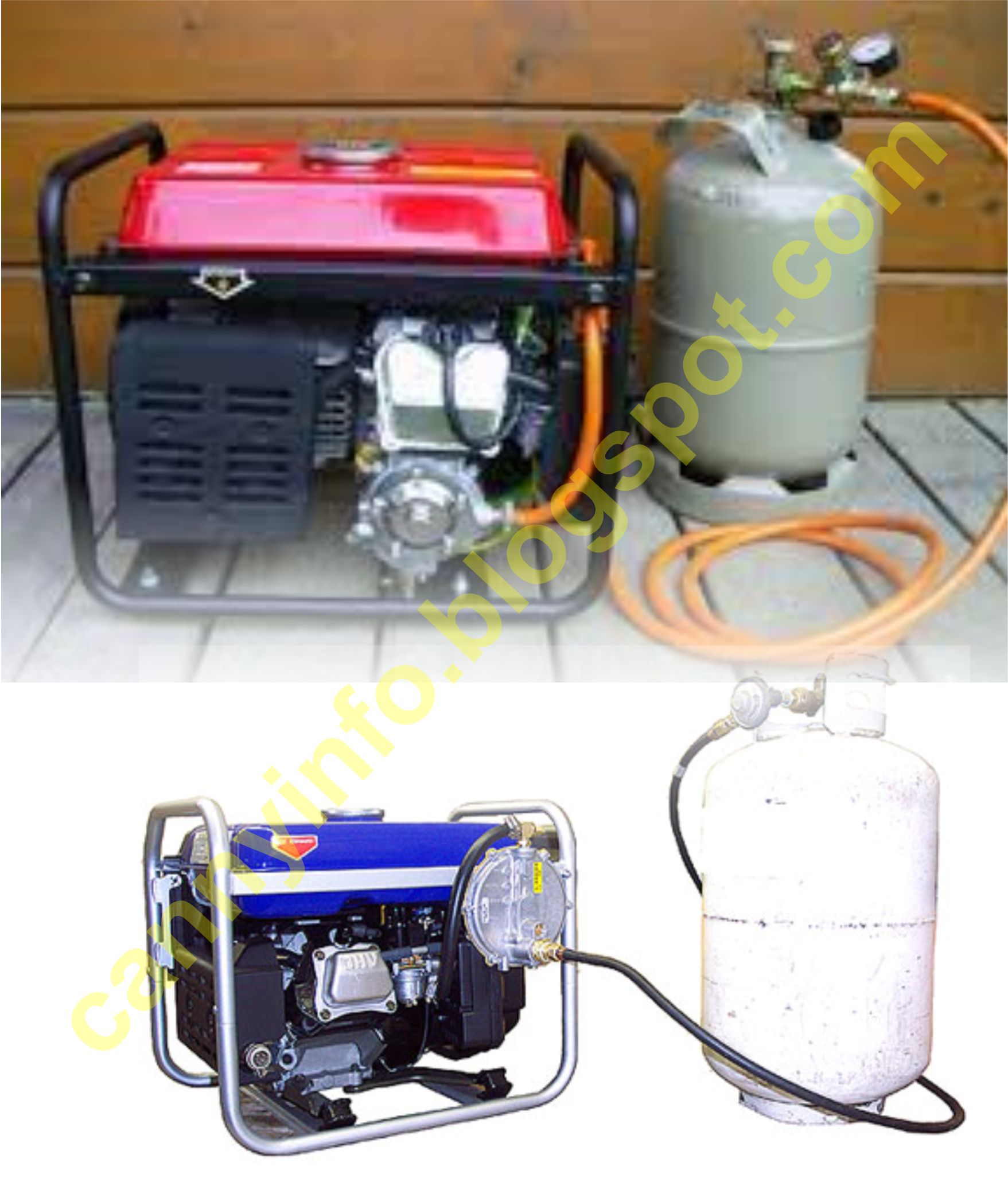HOW TO USED GAS AND POWER YOUR GENERATOR INSTEAD OF FUEL.
Using gas
(natural gas or propane) to power a generator is a bit different from using
traditional liquid fuels like gasoline or diesel. Here's a guide on how to use
gas to power your generator:
1. Determine
Compatibility: Check if your
generator is designed to run on natural gas or propane. Some generators are
dual-fuel and can run on either gas or liquid fuel.
2. Gather
Supplies: If your generator is
not already set up for gas, you might need a conversion kit specific to your
generator model. These kits typically include necessary components like
regulators, hoses, and fittings.
3. Gas Source: Natural Gas: If you're using natural gas, ensure you
have a natural gas line available. This is often provided through a connection
from your home's gas line.
Propane: If you're using propane, you'll need a propane tank
and regulator. Propane tanks can be portable or stationary, depending on your
setup.
4. Installation:
Follow the instructions provided in
the conversion kit or your generator's manual for installing the gas
components.
Generally, you'll need to connect the gas line from
your source (natural gas line or propane tank) to the generator using the
provided hoses and fittings.
Make sure all connections are secure and follow
safety guidelines to prevent gas leaks.
5. Start the
Generator: Once the gas connection
is set up, start your generator according to its manual. Some generators might have a specific switch or setting for
switching between gas and liquid fuel. Make sure to set it to the gas option.
6. Running and
Shutting Down: The process of
running the generator using gas is similar to running it on liquid fuel. Let
the generator run for a few minutes to stabilize before connecting devices. Plug in your devices while the
generator is running, keeping track of its wattage capacity.
7. Maintenance: Gas-powered generators still require regular
maintenance, including oil changes, air filter cleaning, and general upkeep.
Follow the manufacturer's recommendations.
8. Safety: Just like with liquid fuel generators, safety is
paramount. Ensure proper ventilation when using gas-powered generators to
prevent the buildup of exhaust fumes indoors.
If you're unsure
about any part of the installation or setup process, consider hiring a
professional to ensure it's done correctly and safely. It's important to note
that natural gas and propane are often considered cleaner-burning options
compared to liquid fuels. They also eliminate the need for storing and handling
flammable liquids. However, the installation and setup can be more involved,
and you'll need access to a natural gas line or propane supply. Always refer to
your generator's manual and any provided conversion kit instructions for
specific guidance tailored to your generator model.


